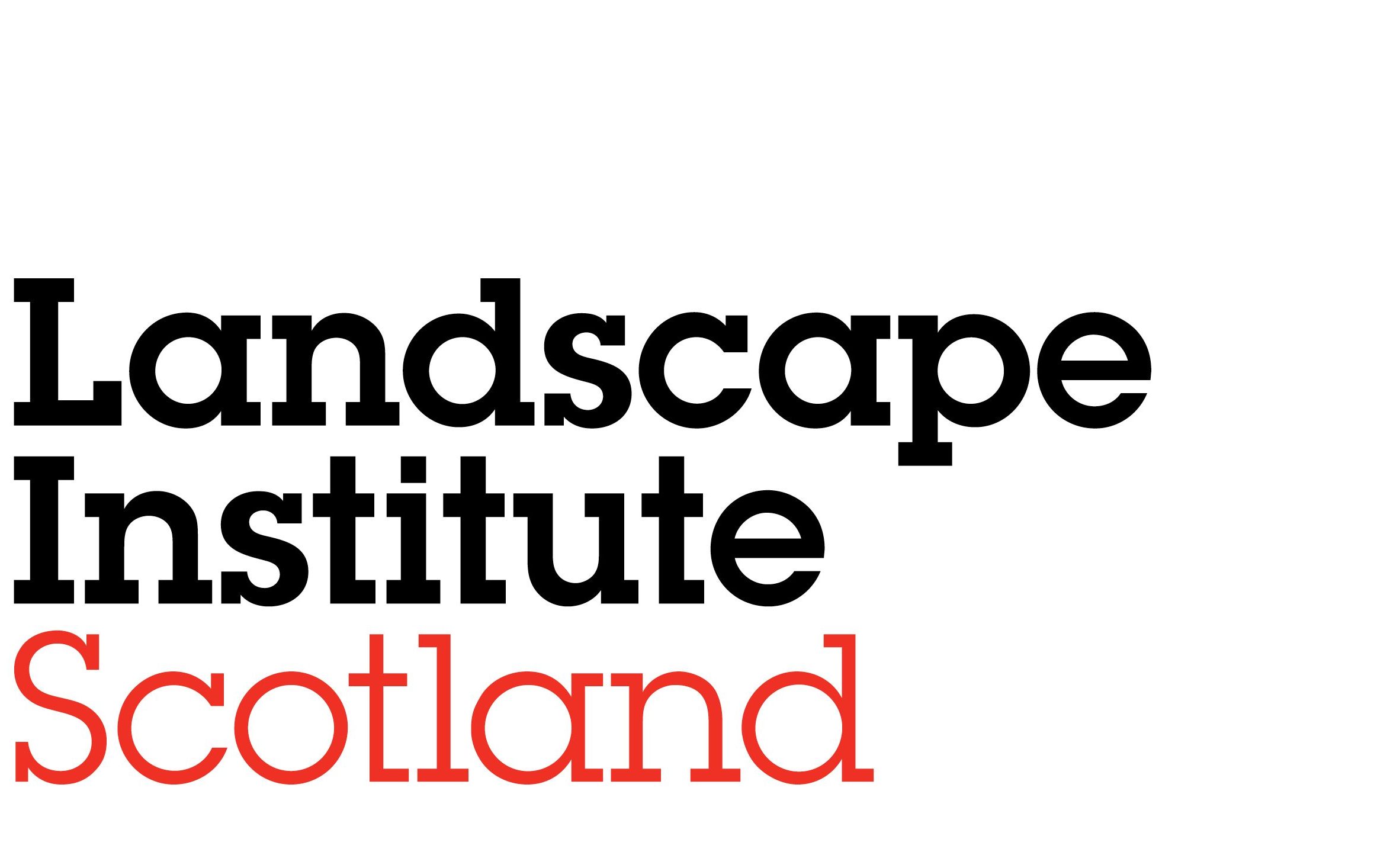Name: University of Stirling
Location: Bridge of Allan
NGR: NS80828 696464
Classification: Campus
Date: 1968-73
Master planners: Robert Matthew, Johnson Marshall and Partners
Landscape Architect: H. F. Clark and Ed Hillard
Architects: Robert Matthew, Johnson Marshall and Partners/Morris and Steedman (Principal’s House)
Status: GDL 00010; Category A – Pathfoot Building; Category A – Principal’s House; Category C – Bridge over Airthrey Loch;
Canmore ID: 223787
Description:
The harmonious and aesthetically inspiring combination of a large concentration of 1960s-70s modernist institutional buildings with a late 18th century designed landscape makes Stirling University campus significantly important as a 20th century landscape composition. The combination of a late 18th century landscape, characteristic of the picturesque landscape designs of mid-late 18th century Britain, popularised by ‘Capability’ Brown and here designed by his pupil Thomas White and containing a Robert Adam designed country house, with a sequence of high-quality modernist university buildings is unique in Scotland and probably the UK. Notably, the architects’ masterplanning approach to both the natural and the designed landscape of the original Airthrey estate was highly sensitive for the period. Of the buildings themselves, the Category A listed Principal’s House by Morris and Steedman is one of the most important residential buildings of its date in Britain, and the other university buildings comprise significant examples of modernist architecture of the 1960’s and 70’s.
While the achievement of the architects in creating flexible and aesthetically attractive campus buildings was clear over succeeding decades, the individual components of the early 1970s planting schemes were to prove less resilient and appropriate. Hilliard’s planting scheme was characteristic of a 1960s-70s response to an existing historic landscape, essentially decorative in character and out of harmony with the concept of the original 18th century designed landscape of open parkland with scattered mature trees, and it soon became clear that Hilliard’s approach to colour in the landscape would quickly compromise the purity of the original designed landscape, which contained only green grass and green-leaved trees.
Hilliard intentions for the planting was to create an instant effect, using plants with rapid growth, a comparatively short lifespan and which provided colour throughout the year, mainly through trees with seasonally changing leaf colour and the use of mass planting of strong blocks of colour from low level shrubs and ground-cover plants. This type of planting very close to buildings rapidly led to security problems around the students’ residences, and the great majority of these areas were removed. Other areas of the campus were also planted with coniferous and colourful species which unfortunately blocked important views, both of Airthrey Castle – the original focus of the picturesque, designed landscape – and of the main campus buildings, whose original design and layout had been so sensitive to the picturesque aesthetic of the historic open parkland.
The whole campus is a significant example of modernist buildings designed in harmony with a 250-year-old picturesque landscape and is an outstanding example of considered 1960’s planning within an important and sensitive landscape context. The inherent flexibility of both the buildings and the overall layout has allowed the buildings to be adapted and extended for modern use with minimal disruption to the surrounding landscape setting. Later buildings introduced into the campus have generally been well sited and have not undermined the overall integrity of the original designed landscape. Despite the inherent flaws in the original landscape design approach, the site remains one of the finest expressions of modernist campus planning of the 20th century anywhere. Text by: Keith Horner. Proposed by: Keith Horner and Chloe Bennet.

by courtesy of canmore

